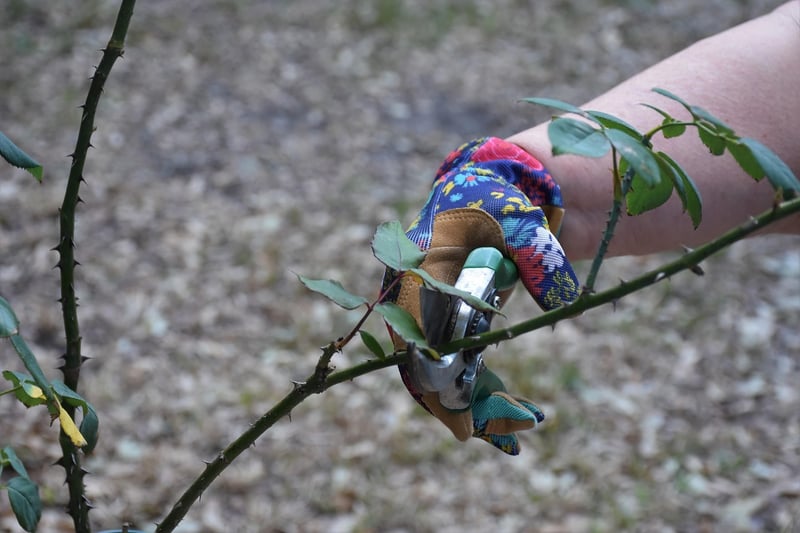Pruning Techniques
Maintain Plant Health with Proper Pruning Techniques
Proper pruning is an essential practice for maintaining the health and appearance of your plants. By using the right techniques, you can promote growth, improve air circulation, and prevent diseases. Here are some tips to help you make the most of your pruning efforts.
1. Understand Your Plants
Before you start pruning, it's crucial to understand the specific needs of your plants. Different species require different pruning methods and timing. Research the best practices for each type of plant in your garden to ensure you're not causing harm unintentionally.
2. Use the Right Tools
Invest in high-quality pruning tools to make clean cuts without damaging the plant. Sharp bypass pruners are ideal for cutting small branches, while loppers are suitable for thicker branches. Keep your tools clean and sharp to prevent the spread of diseases between plants.
3. Remove Dead or Diseased Branches
Start by removing any dead, damaged, or diseased branches from your plants. These can attract pests and prevent healthy growth. Cut them back to the main stem or a healthy lateral branch using a sharp tool to promote healing.
4. Promote Air Circulation
Prune to open up the center of the plant to improve air circulation. This helps prevent fungal diseases and encourages the growth of new, healthy branches. Remove any crossing or overcrowded branches to create space within the plant.
5. Consider Timing
Timing is crucial when it comes to pruning. Some plants benefit from pruning in late winter or early spring before new growth appears, while others are best pruned after flowering. Research the specific timing requirements for each plant to achieve the best results.
6. Monitor Growth
Regularly monitor the growth of your plants to identify any issues that may require pruning. Look for signs of disease, pest infestations, or overgrowth. By addressing these issues promptly, you can maintain the health and vitality of your plants.
7. Seek Professional Help
If you're unsure about the best pruning practices for your plants, don't hesitate to seek advice from a professional arborist or horticulturist. They can provide guidance tailored to your specific plant species and help you develop a pruning schedule that promotes optimal growth.

By following these pruning techniques, you can ensure the health and longevity of your plants while enhancing the beauty of your garden. Remember to approach pruning with care and consideration for the unique needs of each plant to achieve the best results.
